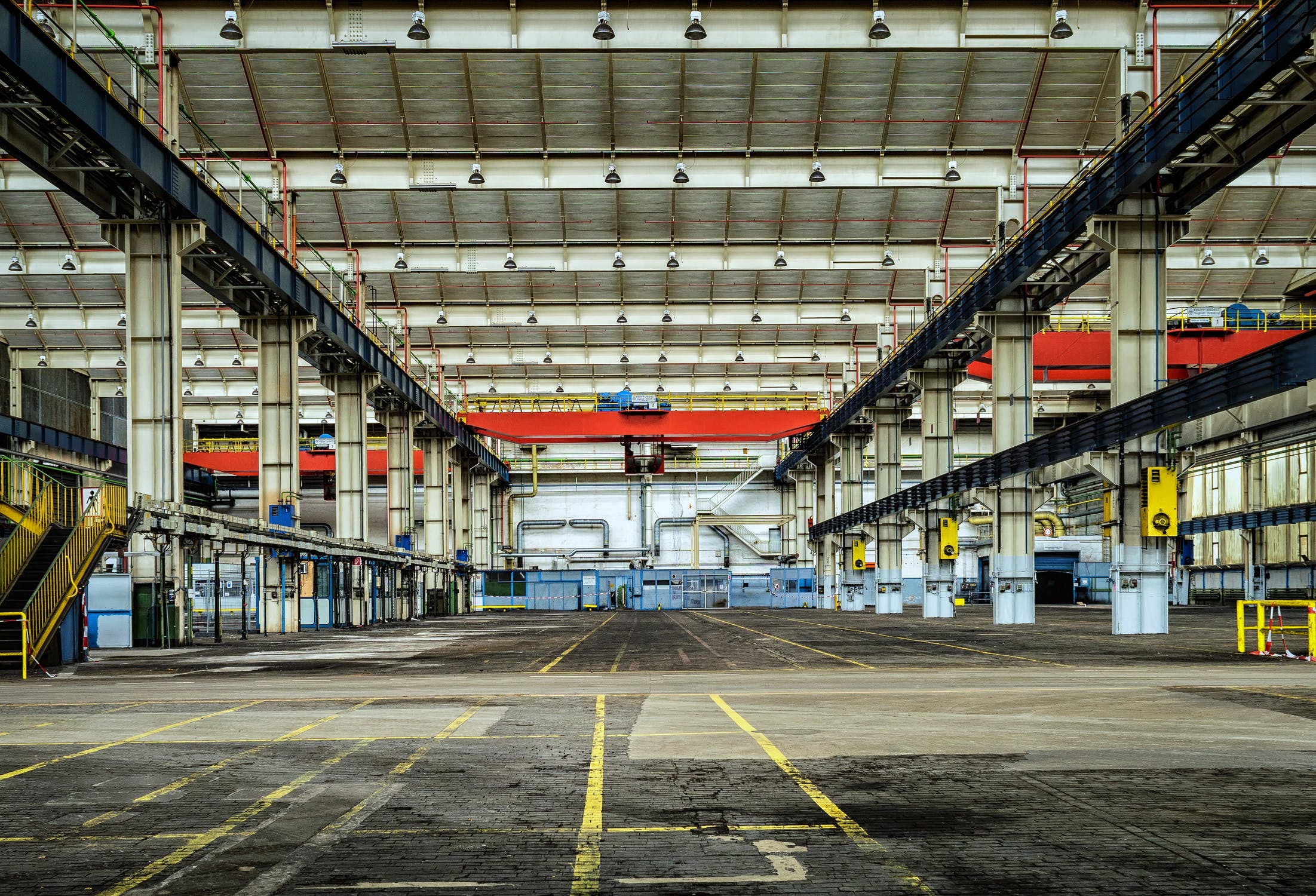In the United States, manufacturing is a huge sector. Its importance to our national and global economy is evident in how many white- and blue-collar jobs are integral in each process.
From plastic injection molding to hydraulic valve assembly, manufacturing is likely found in nearly every industry.
With such an all-encompassing sector, it’s no surprise that disruptions run rampant, though even during COVID-19, many manufacturing businesses were deemed essential, keeping their doors open and employees on-site. However, just as many sent their white-collar office workers home to shelter in place and do their job remotely.
This is something the manufacturing industry likely never considered prior to the boom of the Internet and, now, the increase in connectivity with 5G. Yet what these companies must realize is, even now after COVID-19, digital disruption is going to get even more prevalent in manufacturing.
Agility Alone Is Antiquated
We’re all aware that there are timeless leadership principles that have been true since the dawn of time and that will continue to be valid in tomorrow’s business environment. Yet in today’s world of technology-driven transformation, leaders must embrace a new leadership principle if they want their organization to be relevant today and in the future—a focus on anticipation over agility.
Even in the wake of COVID-19, manufacturing leaders have focused on agility—being able to adapt quickly after change has occurred from the outside in. Many of these types of changes are driven by technology, but during 2020, change has been physical and largely unpredictable. COVID-19 influenced many in the manufacturing industry as priorities shifted. Companies like Ford Motor Company shifted to building ventilators and 3M adjusted to produce PPE.
And among these massive changes, many office employees worked from home until further notice. There were astounding, never-before-seen statistics showing evidence that working from home actually increased productivity, as many were able to eliminate distractions and likewise felt more at ease doing their work flexibly.
Though as we moved into the new normal, many manufacturing firms quickly shifted those remote workers back to in-person work, almost running from change with frightening fervor. An outsider can tell that this knee-jerk reaction to thinking they can “end” the need for remote work is a direct reflection of a company’s focus remaining on agility.
Learn to Anticipate Instead of Avoid
Manufacturing companies’ race to bring their entire staff to in-person work seems as though they thought embracing a remote workforce was a temporary solution; a band-aid they had to rip off to get back to the status quo. If they resisted a simple, commonplace change like that, imagine how they will fight back against machine learning or augmented reality (A.R.), a way in which blue-collar workers could operate remotely.
COVID-19 and the global pandemic will end, but many of the transformations that occurred during this largely physical disruption will remain and are indisputably going to continue to evolve as digital disruptions in the industry. With the emergence of 5G connectivity, the low latency of such a digital connection will pave the way for integrating artificial intelligence (A.I.) and the aforementioned augmented reality (A.R.).
There are certain companies already embracing these technologies around the world, allowing for employees ordinarily put out of a job due to these advancements to work alongside them, on-site and remotely, and keep their jobs.
Many firms try their best to avoid digital disruption; however, that agility can only last so long. Leaders and organizations in the manufacturing industry have the chance to learn how to be anticipatory immediately, paying attention to the Hard Trends that are shaping their industry both inside and out, and learning to leverage technological change before it disrupts them.
Be the Positive Disruptor
When you’re anticipatory, you’re creating changes and driving disruption from the inside out rather than being disrupted from the outside in.
Disruption is the disruptive technology that changes our world and keeps many leaders up at night. But it is important to realize that disruptive technology is only disruptive if you didn’t know about it ahead of time. When you’re anticipatory, as many manufacturing firms should transition to, you can not only see and accurately anticipate those disruptive technologies, but you can use them to be the positive disruptor, transforming the industry in productive ways.
Manufacturing firms implementing something like A.R. to allow an employee to operate remotely like never before may increase their morale and, in turn, streamline their job better than ever before. From there, your firm may be able to increase productivity while saving money on physical space.
As the industry evolves, perhaps you will only need one or two individuals on-site to ensure these machines run efficiently, while everyone else works remotely, translating into a smaller space to do more with.
How Do I Become More Anticipatory?
First, you have to make the future more visible by focusing on certainties. If you look closely, you’ll see there are two types of change you routinely deal with: cyclical change that reoccurs time and again, and linear change that happens once and transforms an industry permanently.
Next, identify the Hard Trends—the trends that will happen—and ask yourself, “What are the disruptions on the horizon?” How we do our supply chain, purchasing, logistics, and many more functions in manufacturing is being transformed by technologies like the cloud and virtualization.
Finally, look outside your industry for the solutions you need. Manufacturing firms have a tendency of focusing solely on their isolated worlds. However, by being so immersed in your industry, you may be missing what’s going on outside your industry. Look outside your industry and see where others have been innovating, what changes they’ve made, technologies they’ve developed or adapted, and then modify those to your situation.
There’s no competitive advantage in being just like everyone else. That’s why being anticipatory is so important. What do you see that’s about to happen, and how can you use anticipation to leverage disruption and change to your advantage?



Leave your comments
Post comment as a guest